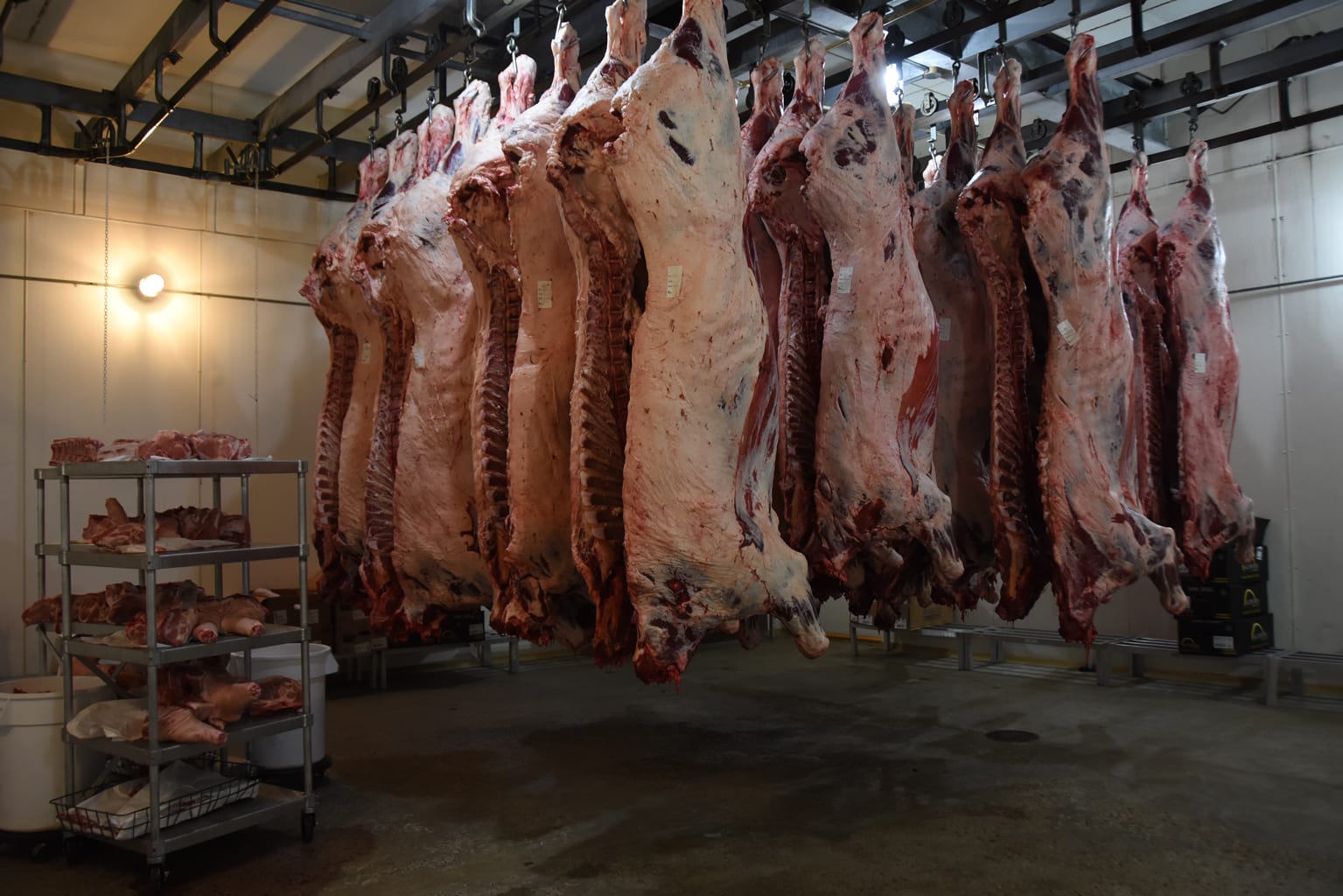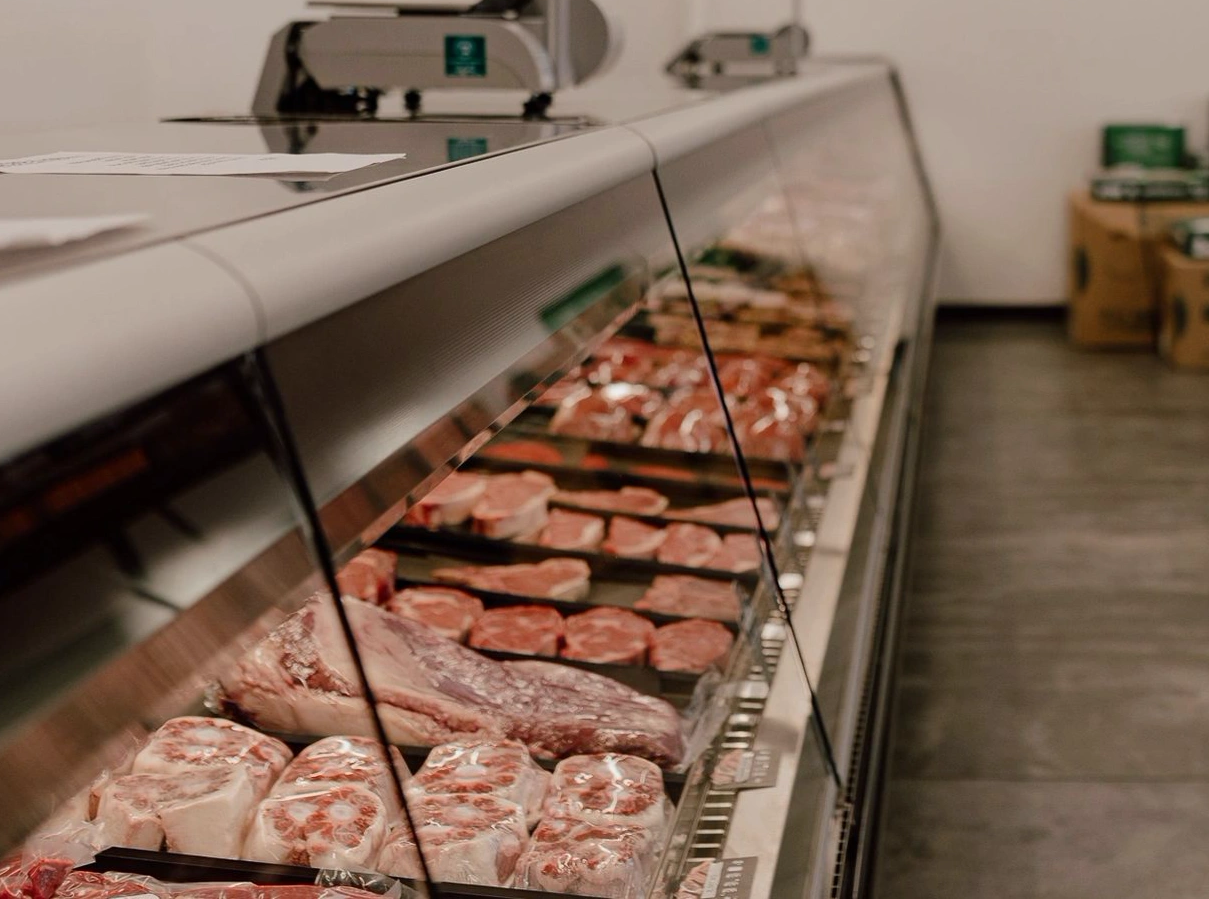Why Residents Love Bagley Farms Meat Market Edwardsville IL for Their Meat Buying
Why Residents Love Bagley Farms Meat Market Edwardsville IL for Their Meat Buying
Blog Article
Reveal the Art of the Butcher's Cut in a Modern Meat Market
In the ever-evolving landscape of modern-day meat markets, the butcher's cut has transcended its typical roots, combining age-old workmanship with modern methods. What absolutely establishes the modern butcher apart is their capacity to forge a much deeper connection in between consumers and the beginnings of their meat.
Evolution of Butchery Methods

The mid-20th century saw butchery strategies additionally improved by clinical understandings right into muscle mass biology and meat aging, boosting both inflammation and preference. Advancements like vacuum packaging and refrigeration expanded product shelf-life, allowing butchers to expand offerings and enhance quality assurance. This period additionally noted the rise of customized tools, such as band saws and meat slicers, which raised accuracy and efficiency in meat handling.
The 21st century has actually introduced electronic innovation into the butchery realm. Computerized systems currently aid in monitoring pet provenance and optimizing cuts to fulfill particular consumer choices. Furthermore, a revival in artisanal butchery has actually emerged, mixing conventional abilities with contemporary expertise to accommodate customers looking for moral and lasting meat options. This advancement underscores a vibrant interplay between practice and development, conference contemporary needs while preserving the craft's heritage.

Comprehending Meat Cuts

Understanding the ins and outs of meat cuts is important for both butchers and consumers looking for high quality and value. For butchers, specific cuts show ability and respect for the craft, ensuring very little waste and optimum return.
The primary groups of meat cuts include primitive, sub-primal, and retail cuts. Primal cuts, such as the loin, rib, and chuck, are the huge sections at first separated from the carcass. Butchers then damage these down better into sub-primal cuts, prior to lastly generating retail cuts offered to customers, like ribeye or tenderloin. Each stage needs mindful interest to anatomical structure and muscular tissue composition.
Comprehending muscular tissue composition is critical; muscles utilized extra frequently by the animal often tend to be tougher and are best fit for sluggish food preparation methods, important source while less-used muscle mass, like those located in the loin, are more tender and ideal for barbecuing or roasting. Knowledge with these distinctions empowers customers to make informed choices, improving their cooking undertakings.
Choosing Top Quality Meat
Choosing the appropriate meat includes more than simply choosing a visually enticing piece from the display. The art of picking high quality meat needs a critical eye and expertise of particular attributes that indicate freshness and excellence.
Second of all, think about the marbling, which describes the white streaks of fat within the muscle mass. Proper marbling is a crucial indicator of inflammation and flavor, as it thaws during food preparation, enhancing the meat's juiciness. Bear in mind, higher marbling often associates with premium high quality cuts, such as USDA Prime.
Structure is one more crucial variable; meat ought to really feel strong to the touch, not slimed or overly soft. Additionally, be conscious of the aroma. Fresh meat ought to have a tidy, neutral smell, devoid of any kind of sour or off-putting odors.
Coupling Cuts With Cooking Approaches
Successfully coupling cuts of meat with the appropriate cooking methods is important for accomplishing ideal flavor and structure. These techniques enhance the meat's natural flavors and ensure a juicy finish.
Alternatively, harder cuts like brisket and chuck roast are abundant in collagen, which damages down into gelatin when prepared gradually. These cuts are suitable for braising or slow roasting, allowing the meat to soften over time and develop deep, complex tastes. Cuts such as brief ribs and pork shoulder get on well with slow-cooking techniques, where extended cooking times transform their durable structures into succulent recipes.
Lamb shanks and oxtail, which need extended food preparation to tenderize, are perfect prospects for stewing or slow simmering. These approaches coax out abundant, hearty flavors while keeping wetness. By comprehending the distinct characteristics of each cut, cooks and home cooks alike can elevate their cooking developments, guaranteeing each dish is both pleasing and unforgettable.
The Butcher's Role Today
Browsing the progressing landscape of the modern meat market, the butcher's duty today prolongs past simple prep work of cuts. Contemporary butchers are culinary artisans, instructors, and advocates for lasting methods. They link the space in between the farm and the fork by making certain honest sourcing, understanding pet husbandry, and prioritizing check this site out openness in More Bonuses the supply chain. This shift shows the growing customer need for high quality over amount, where provenance and animal well-being are vital.
In enhancement to crafting accurate cuts, butchers now engage straight with clients, supplying cooking suggestions and customizing selections to match private requirements and choices. Their proficiency in meat aging, marbling, and taste accounts equips customers to make enlightened choices, boosting their culinary experiences. This tailored solution exemplifies the butcher's developing role as a trusted advisor in the kitchen.
Moreover, butchers are essential in minimizing waste, utilizing whole pets to produce diverse items such as sausages and stocks - bagley farms meat market edwardsville il. This extensive approach not just respects the animal yet additionally lines up with contemporary sustainability goals. In this means, the modern butcher symbolizes both custom and technology, adapting to an ever-changing market while preserving the artistry and integrity of their craft

Conclusion
Mastery in comprehending diverse meat cuts and high quality signs empowers butchers to offer enlightened referrals, lining up specific cuts with optimum cooking methods. By honoring historical practices while welcoming modern needs, the butcher's duty remains crucial in today's innovative meat market.
Report this page